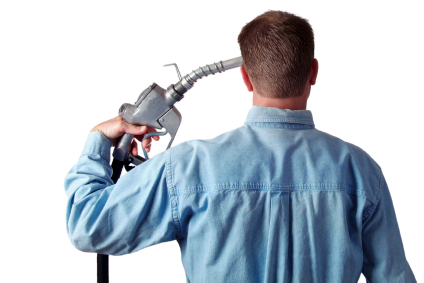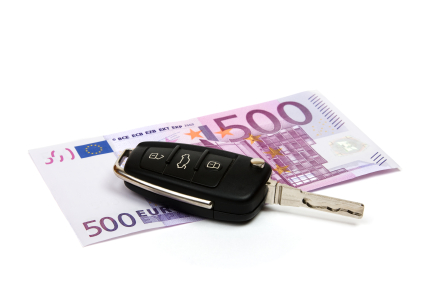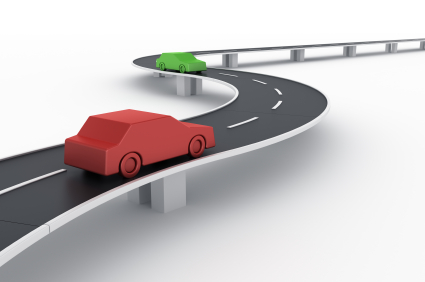Cartell ask’s, “Where does our motor tax go?”
The Government collects revenue from drivers in multiple ways. VRT, Motor Tax, Insurance Levy, Fuel Excise (VAT),
But first, some background. According to the Minister for Environment, Heritage, Local Government John Gormley has stated that motor tax receipts are paid directly into the local government fund which is ring fenced for local government purposes. Each year the motor tax receipts are supplemented by an exchequer contribution. The fund is used primarily to finance regional and local roads and the general purpose needs of local authorities.
In 2008 motor tax receipts were circa €1.1 billion and this was subsidised by circa €500 million or 30% by the exchequer.

VRT take is down €700 million on 2008 when compared to 2009. A mere €375 million was taken in 2009. There was €328.6 million taken in January 2008 alone. The majority of the fall is due to the 66% drop in new registrations. However there was a massive shift towards low emitting CO2 vehicles as part of the new 7 band VRT rate system and this would have further reduced the take. None the less the VRT take goes to central government and it isn’t enough to run the Department of Transports costs of €530 million.
According to the AA’s Conor Faughnan, motorists are colossally taxed group of people with over €2 billion raised from diesel and petrol annually. This money goes centrally to the government as does the 2.5% insurance levy.
While the famous green shoots so appear to be making themselves visible, It is not fanciful to assume that road spending during the next two years will fall to 2000 levels – only if the €400m the NRA allocates to local authorities and the €321m central government allocates directly to local authorities this year for local roads is not also cut. Safe cars and safer driving are paramount but even in difficult economic times safe roads must be a priority.